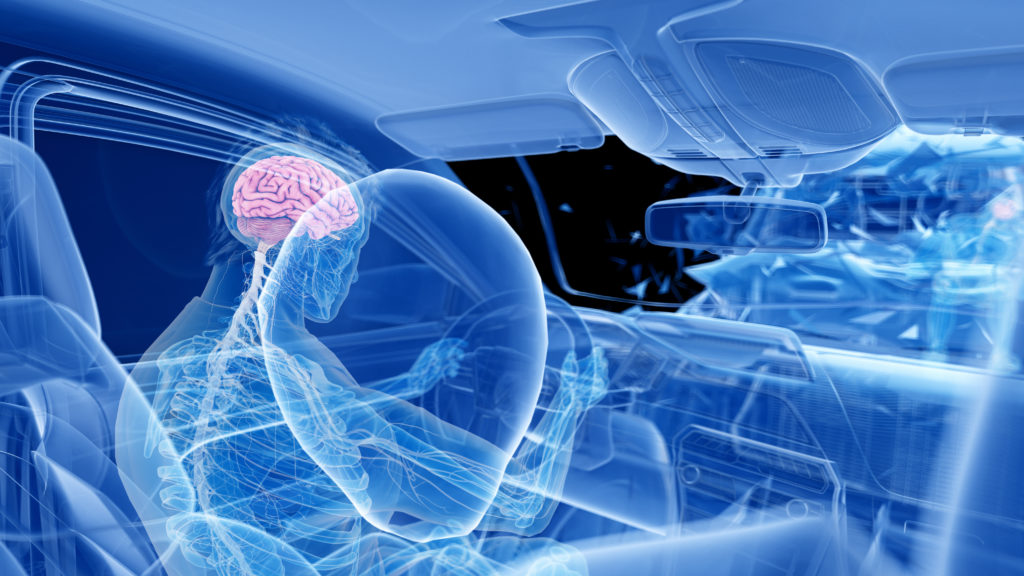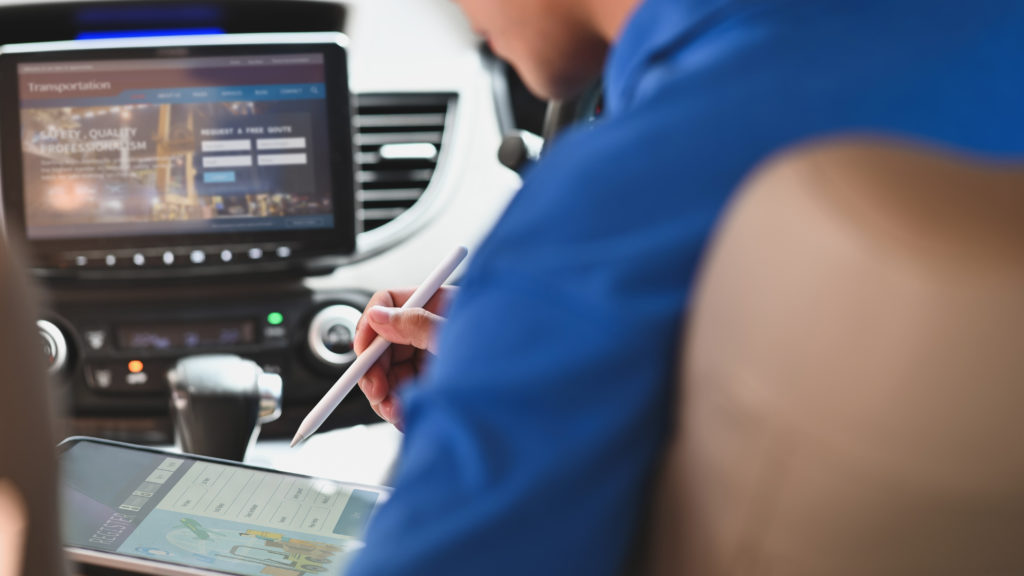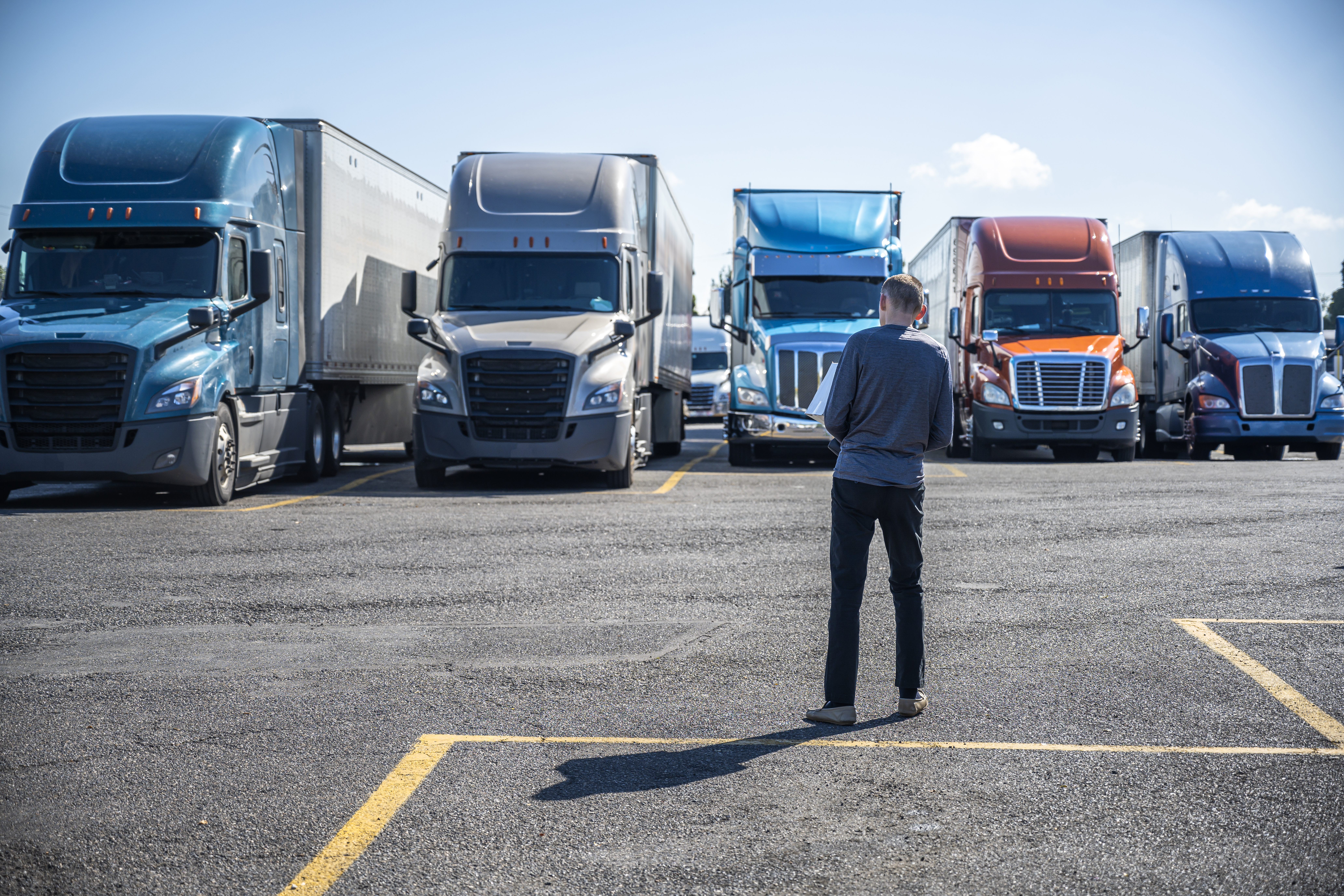
More indictments come from a New Orleans federal grand jury following an investigation of staged automobile accidents involving tractor-trailers. 11 people have been charged on seven counts of fraud regarding these events, which occurred in 2017.
The indictment states that prosecutors believe those involved with the staged events, which took place between March and May of that year, were also involved in nearly 100 other tractor-trailer-involved accidents from 2015 to 2017.
The purpose of staging these incidents was to defraud insurance and trucking companies, according to the indictment, which also shows that these accident-staging individuals referred those who had said they were injured in these faux accidents to five specific attorneys. Then, these attorneys allegedly paid $1,000 for trucks and $500 for passenger vehicles to the leader of these fraudulent efforts for each participant’s “injuries.”
“In some cases, the attorneys knew that the participants were uninjured but referred them to medical providers for treatment to increase the value of subsequent lawsuits,” said Peter Strasser, U.S. Attorney for the Eastern District of Louisiana. “In total, the victim trucking and insurance companies paid out $277,500 for these fraudulent claims.”
Those charged were Roderick Hickman of Baton Rouge, La., Lois Russell of Gibson, La., James Williams of Gibson, La., Tanya Givens of Gibson, La., John Diggs of Thibodaux, La., Henry Randle of Gibson, La., Ryan Wheaten of Lafayette, La., Dakota Diggs of Fort Smith, Ark., Bernell Gale of Raceland, La., Marvel Francois of Houma, La,, and Troy Smith of Houma, La.
Defendants will face five years in prison for one count of conspiracy to commit mail fraud and up to 20 years for six counts of mail fraud if convicted. Upon release, defendants could potentially be placed under parole for up to five years and charged $250,000 per count.
The fraud participants’ methods of mailing illegal payments are what lead to the mail fraud charges. Regarding the rest of the plan, according to prosecutors, one conspirator would drive a vehicle that hit a truck or a car–this vehicle was referred to as the “slammer.” Next, another vehicle would trail the slammer closely to be able to pick up the slammer driver post-crash. This vehicle was called the “spotter.” After the crash, the slammer driver would leave the scene in the spotter vehicle. Another passenger in the vehicle would claim to be the driver.
After a few months, one of the involved attorneys would send a demand letter to attorneys for the drivers who were crashed into, and would move forward with a lawsuit.
One attorney, according to the indictment, received payment for at least 40 of these staged incidents, and another was paid for up to 20.
Additionally, organizers of the fraudulent events would meet with their attorney partners for food or coffee to create a detailed scheme plan.
The first public reports of these incidents were made public in October of last year in relation to two accidents involving tractor-trailers in June of 2017, and indictments were called the “tip of the iceberg” by attorneys that represented victim trucking companies. Some of these companies included Chattanooga, Tennessee’s Covenant Transportation Group and Jefferson, Louisiana’s Southeastern Motor Freight Inc.
These cases were the first criminal charges in New Orleans that included federal authorities investigating what they believed was a pattern of related fraudulent events.
Earlier in August, the leader of the first New Orleans group that began staging accidents, Damian Labeaud, pleaded guilty to one federal count of a plan to defraud interstate commercial trucking carriers and insurance companies by staging two June 2017 crashes. Of this first group, six other co-conspirators have pleaded guilty.
Trucking companies that frequently travel around New Orleans were made aware of these scams last year by victim trucking and insurance company clients’ attorneys.
Among at least 30 fraudulent cases in New Orleans, attorneys found many similarities, such as multiple people in the claimant vehicle and minimal damage to the claimant vehicle, sideswipe allegations with commercial vehicle trailers, little damage to the insured trailer, and a commercial vehicle driver who either denies impact or is completely unaware of an incident.
“It’s always the same thing: Four people in a sedan and there’s always a random witness who gives a loose statement to the cops and has a random appointment and has to get away,” said Chance McNeely, Louisiana Motor Transport Association executive director. He also noted that these people also were usually using the same attorneys and doctors.
In one federal lawsuit by Tiffany Turner, Adonte Turner, and Dimitri Frazier of New Orleans, the three conspirators said they traveled in a 2010 Chevrolet Impala on Interstate-10 when their vehicle was hit by a Whitestone-owned semi-truck. They claimed that driver had suddenly switched lanes and caused a collision, and that they suffered “severe and serious bodily injuries.” They sought $1 million in damages for negligent entrustment of the company’s vehicle to the driver and for failure to properly train employees. They also sought damages for medical expenses, physical pain, mental anguish, and inconvenience.
This investigation is still ongoing following this second round of indictments.




